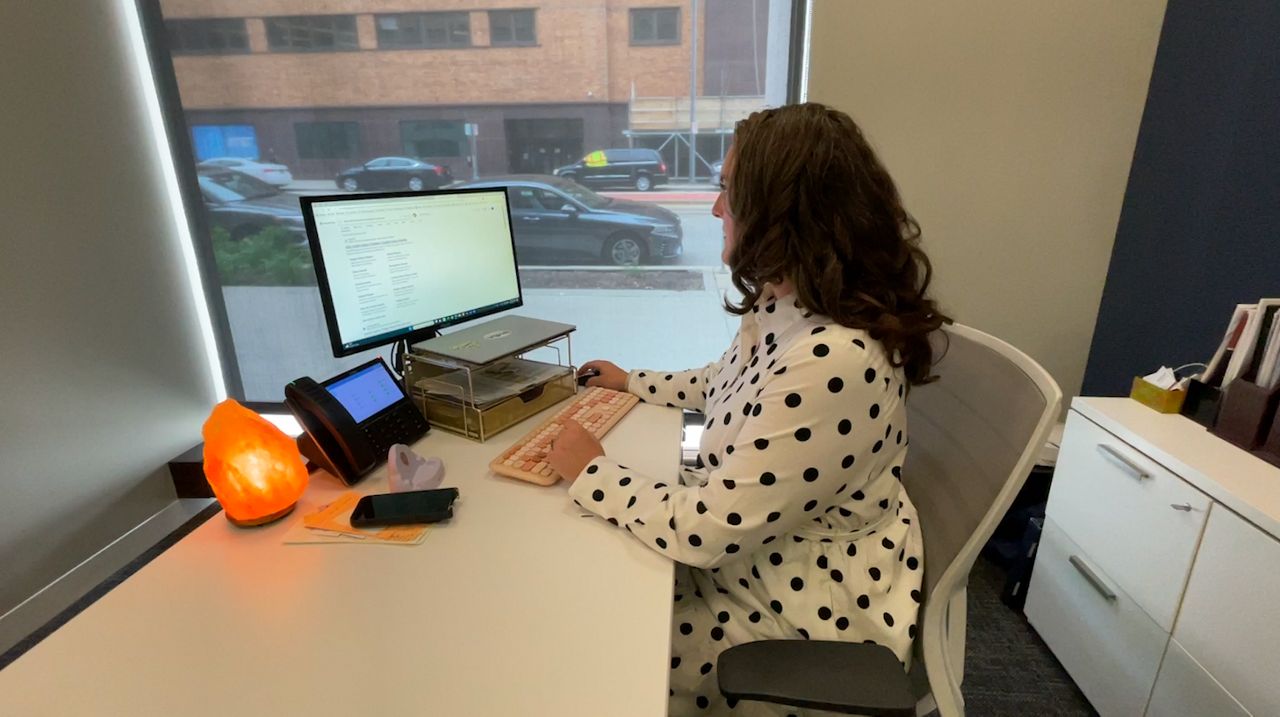Shortly after the launch of ChatGPT last November, I asked the head of M&A at a leading investment bank whether any of his team was using it. No, he replied. Because he had banned it.
He was worried about how he would train up his juniors if they could use ChatGPT to do research into companies and markets. “That’s how they learn the business,” he said.
This seemed a surprisingly Luddite attitude to find in such a technologically sophisticated business. And his move was quickly overtaken by a bank-wide ban on the use of ChatGPT due to compliance concerns over using third-party software.
But his caution points to one of the many reasons that the excitement over the impact of artificial intelligence on financial services may prove premature.
Those sceptical about the speed with which AI will transform our lives often cite the observation by computer scientist Roy Amara that “we tend to overestimate the effect of a technology in the short run and underestimate the effect in the long run.”
There are certainly plenty of examples of overestimating the short-term impact: just think of the internet bubble at the turn of the century or the more recent fever over blockchain (though here the long-term effects may well have been overestimated too).
But AI will be different, say the cheerleaders. The adoption of most technologies is slowed by the need to invest in new kit or infrastructure while the new wave of generative AI systems are cheap if not free.
Still, cost is only one of the obstacles to the adoption of technology. It takes time to overcome natural inertia, to iron out wrinkles, to find the most compelling use cases and change methods of working. And it tends to take longer for the new technology to impact productivity. If it ever does.
While 100 million people may have tried ChatGPT, the number actually doing anything useful with it is pretty small.
One of the key areas in finance where many predict AI will have a big impact is in customer service, particularly call centres. But this is a good example of why a degree of caution is warranted.
In terms of job losses, economists identify call centre workers as one of the most vulnerable occupations, with a PwC report for the government predicting a 26% fall in jobs in the UK — or more than 300,000 — due to AI over the next five years. And that was before the launch of ChatGPT.
Yet experts have for years been predicting that technology would lead to big job cuts in call centres and headcount kept growing. People who actually run call centres are much more cautious in their forecasts, pointing out that firms tend to be very conservative about introducing new technology because of the risk of alienating customers. That is even more the case in financial services where firms are paranoid about anything that exposes them to potential regulatory risk.
Slower adoption
“I think the adoption of generative AI like ChatGPT will be much slower than many economists and technology suppliers predict,” says the head of one large asset manager. “They say that they will soon solve the current reliability problems but financial services firms will believe it when they see it.”
A recent report by financial analysts at Jefferies agrees that the adoption of AI will be slower than expected. “Financials will need to manage AI coding errors, vulnerability to cyber attacks, biased models, unclear legal responsibility for AI decisions, and lack of AI traceability, among other risks.”
There is also scepticism about how big an impact on productivity AI will deliver, so making existing jobs easier or reducing the number needed.
Legal services is one area where many experts say AI will be transformational. You would imagine the sort of intelligent document processing offered by companies like Goldman Sachs-backed Eigen Technologies would ultimately lead to a big drop in the number of human lawyers required.
Yet even some AI evangelists, such as Alphabet and Google boss Sundar Pichai, say the implications for jobs are highly complicated and uncertain. “I am willing to almost bet 10 years from now maybe there are more lawyers,” he said on the Decoder podcast.
Although generative AI clearly has value in areas such as research, documentation and coding, doubters wonder whether it will also generate more work, reducing the benefits to users, rather like email has done.
Who really knows?
The truth is nobody really knows how quickly it will be adopted or how big a deal it will turn out to be, though there are certainly plenty of enthusiasts within financial firms who believe it will be a very big deal indeed.
One high-profile ‘expert’ also thinks the doubters will be proved wrong. “The adoption of AI in finance will not be slower than expected but rather it will accelerate as technology advances and regulatory landscapes change,” says ChatGPT.
To contact the author of this story with feedback or news, email David Wighton































